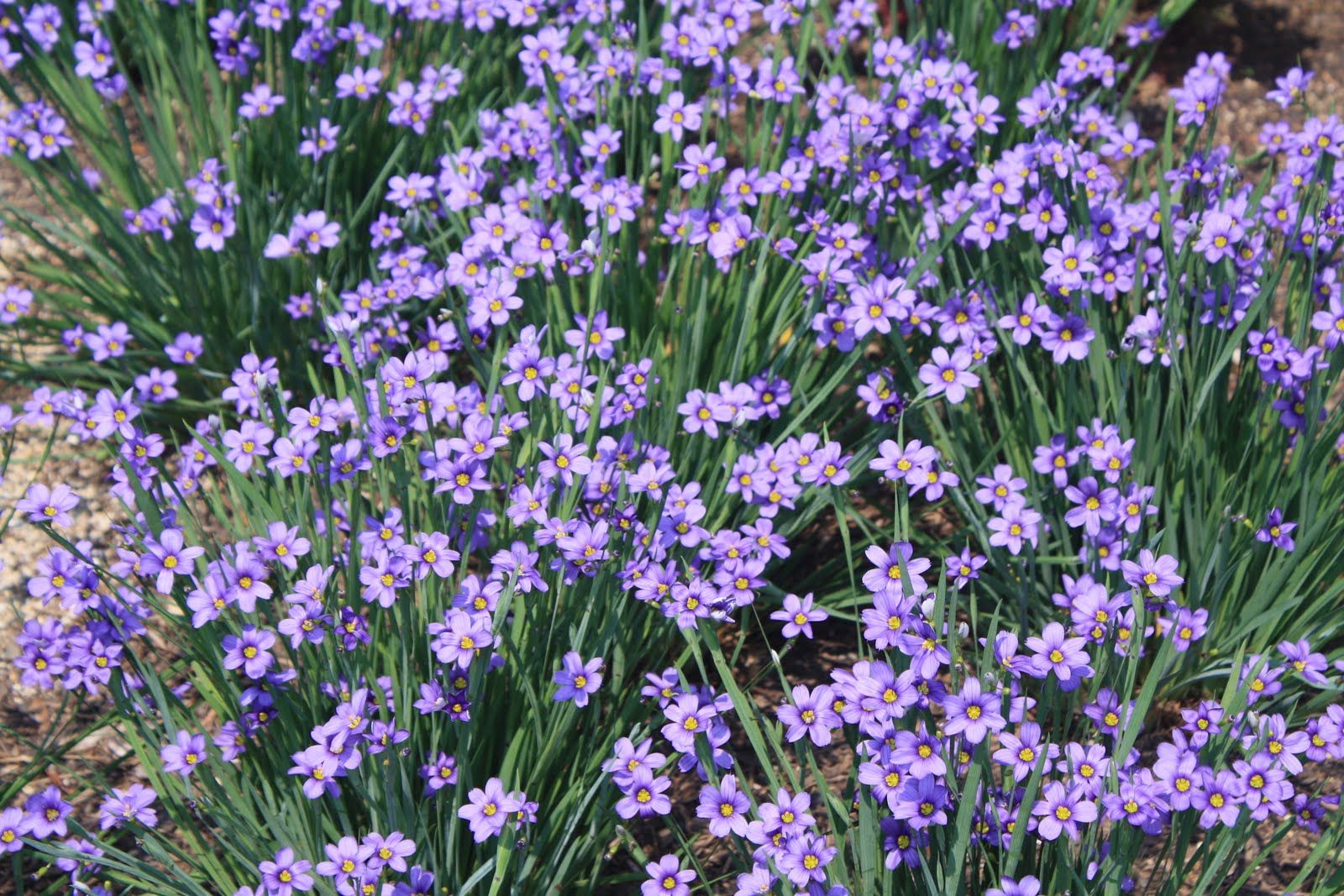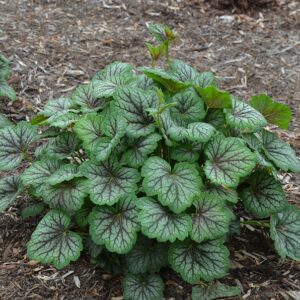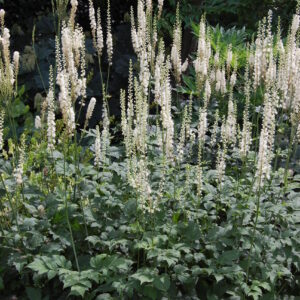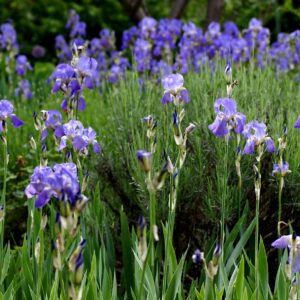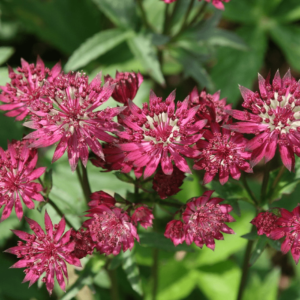Description
Blue-eyed Grass Characteristics
Blue-eyed Grass in not a grass, but a member of the Iris family. They can spread rapidly to create a groundcover in the correct growing conditions. The soils should have good drainage, but should not be allowed to dry out. They propagate by self-seeding, which can be prevented by shearing the plant after blooming. Shearing the plant may also help to keep the overall look tidy. Divide the plants every few years to make sure that they do not become overcrowded.
There are few serious insect or disease issues that threaten Blue-eyed Grass
-
USDA Climate Zone
Zones 4 - 9
-
Height
1.50 - 2.00'
-
Spread
0.50 - 1.00'
-
Bloom Time
May - June
-
Water
Medium
-
Sun
Full Sun
-
Maintenance
Medium
-
Deer Resistant?
No
